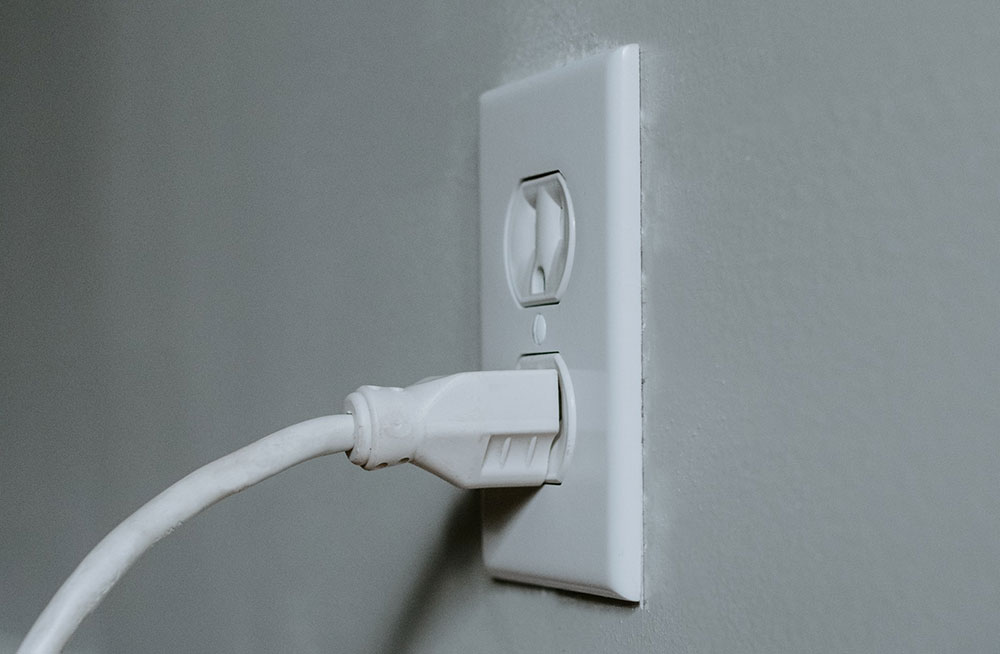Advertisement
Electrical outlets ore receptacles are an essential part of any home. They allow those in the home to turn on the TV, charge their phones, and power essential appliances. If they don’t work, it can cause a lot of issues and inconveniences.
There are several reasons that a home receptacle may stop working. Looking into a home warranty cost to have the issue repaired quickly is a smart move; however, it can also be beneficial to learn more about some of the most common issues that may arise. Keep reading to find out what these are.
- No Power from the Outlet
If every device or light that is plugged into a certain outlet has suddenly stopped working, the issue is probably a tripped circuit breaker. If the issue is isolated to a single appliance, then the problem is probably a poor connection or loose wire.
- GFCI Outlets Must be Reset
A ground fault circuit interrupter or GFIC is typically installed in laundry rooms, kitchens, and bathrooms where water is present. If water is detected by the plug, it will reset and kill the power to the outlets connected. If this happens, all a person has to do is press the reset button on the outlet to restore power.
- Hot Outlet Covers
One of the most common causes of hot outlets is a worn receptacle or loose wiring. It is best to have the issue evaluated by an electrician and make replacements if needed. Make sure not to use the outlet if there is a burning odor, if it feels hot when touched, or if sparks are seen.
- A Circuit Breaker That Continues to Trip
One of the most tell-tale signs that there are too many appliances plugged into a single outlet is if the circuit breaker continually trips. This means that the appliance or appliances are drawing more electricity than what the outlet can handle. This is going to overload the circuit and cause the breakers to trip.
- Plugs That Fall Out of the Outlet
Do the plugs for devices no longer fit properly in the outlet? If this is the case, it is possible to bend the prongs slightly inward, which is going to create a much snugger fit. It will also help to keep the cords from falling out.
- Wires Under the Wire Nut
The wire connector, which is also called the wire nut, has one job. It is designed to help keep all the wires covered and joined together. This is a good thing since no one wants to have to deal with exposed wires. When connecting wires, there are some electricians that will use wire nuts. However, these are only designed to cover them. This means that if they are used for another purpose, they may cause the inner wire to develop some problems. When this happens, the electrical outlets are not going to operate properly.
- Sparking Outlets
If an outlet is creating sparks, this represents a serious safety risk. It is best to shut off the entire breaker to that outlet before trying to do anything. Once it is off, unplug the outlet. In most cases, this is not a job that a homeowner should take on alone. Instead, they should hire professionals to handle this. In some situations, the receptacle may just need to be replaced to restore the function. However, this is not always the case which is why it is important to have an electrician figure out what the underlying issue may be.
- Improper Rating
Many homeowners are unaware that outlet receptacles have been rated to work at a set amperage. For standard household circuits, the receptacles will be rated for 15-amps or 20-amps. With the 20-amp receptacle, there is a horizontal “T” that will jut out from one of the vertical slots that are present. This is a design that accepts the specially made 20-amp plugs that are seen with some of the heavier demand appliances. An example would be a space heater.
It is common for receptacles with the wrong rating to be used. Even though there is no real danger when a 15-amp receptacle is used for 20-amp circuits, there can be a hazard if the 20-amp receptacle has been connected to the 15-amp circuits. If this is a situation that occurs, then the 20-amp appliance may only receive the 15-amps of power. This means that, at best, the circuit breaker will blow. However, there could also be damage to the wires and even an electrical fire.
To avoid this issue, it is necessary to get to know the amperage of a circuit. Also, be sure that the receptacles match this rating. If needed, replace these with the devices that are rated for the amperage present.
Find and Hire an Electrician for Help
If someone is concerned about the outlets in their home posting an issue or potential danger, they should hire an electrician right away. The electrician can figure out what is going on with the home’s electrical system and recommend the repairs or changes that are needed. In some cases, upgrading electrical outlets with new ones can solve all the issues and ensure everything runs properly and safely.
When searching for an electrician, remember they are not all created equal. It is a good idea to get recommendations from others and to research the services and solutions that are offered. By doing this, a person can feel confident that the needed repairs or replacements will be made. Remember, though, electricity is dangerous. Because of this, DIY repairs are not recommended.
Knowing the most common electrical outlet issues and hiring an electrician for help will minimize problems and keep a home safe and secure. Be sure to keep the information above in mind to know when it is time to call for help. Being informed and taking the right steps to ensure the electrical soundness of a home is something that will pay off in the long run.

